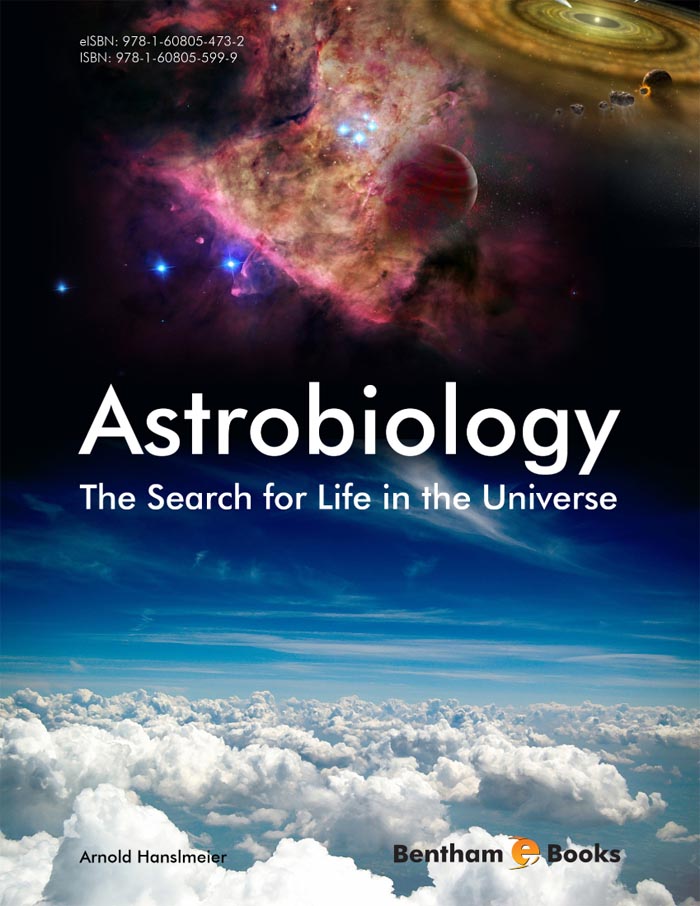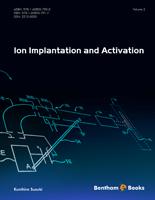Preface
The search for life in the universe is one of the most difficult but fascinating topics in science and perhaps one of the most challenging questions of humans. Are we alone in the huge universe? From theoretical arguments presented in the last chapters these seems to be quite unlikely. But before elucidating on such a complex problem we have to answer the much simpler question of what is life? The answer is given in the first chapter but it is not an easy one. Life is extremely complex. We are familiar only with the life on Earth. This life has certain properties, being based on the presence of liquid water and on complex carbon based structures. This is reviewed in the first two chapters, however, could life exist under completely different conditions not based either on water or on carbon? There are strong reasons to believe that this is unlikely but has not yet been proven.
In the first three chapters of this book we will first give some insight into how life functions on Earth, what are the basic properties and how life may have originated on Earth. Our Earth acts also as a protector for life. Its atmosphere prevents hazardous short wavelength radiation (X rays or UV) to reach the surface of Earth and the magnetic fields protects the Earth from energetic solar particles and other high energy charged particles from the cosmos. Moving further the chapter gives of the Solar System and the possibility for finding life on any of these bodies.
One of the great advances during the past two decades in astrophysics has been the discovery of planets outside the Solar System. Methods for finding such objects as well as their results, the central stars of these exoplanetary systems are discussed. Together with the intent to answer the question whether these objects might be habitable. This culminates in the discussion on habitability. What makes an object habitable? Several definitions of habitable zones are presented followed by a short review of the process of element synthesis in stellar cores and also the Big Bang theory according to which the two most abundant elements in the universe, hydrogen and helium, were formed during the first minutes of the evolution of the universe. The last chapter is about active and passive search for life with theoretical arguments given to estimate how many civilizations there might exist in our Galaxy. Passive search also includes the broadcasting of radio messages to possible civilizations and several attempts to focus closely on different stars.
The main intention of the book is to assist the reader to perform his/her own estimations and calculations applying several examples given throughout the text. At the end of each chapter a section called ”activities” is given answering more complex questions.
The book is written for scientists, students, interested readers with some background on science in general. Each chapter goes from a general point to details including more than 100 literature citations. These allow a deeper penetration into the subjects presented.
I want to thank my colleagues for the cooperation, especially Dr. H. Lammer and his group, most of them also being my students. I also thank my girl friend Anita for her continued support interest and patience. Wikipedia and the anonymous colleagues that provided are wonderful resources which are acknowledged in general as well as the NASA ADS system where a quick overview on Literature can be found.
Finally I want to thank my publisher and proofreaders for their extremely helpful comments and wish the reader many exciting and fascinating hours with this book. The cover image was taken from NASA/JPL.
The author confirms that this eBook content has no conflicts of interest.
Arnold Hanslmeier
Institute of Physics, Univ. Graz, Austria; Sep. 2012





